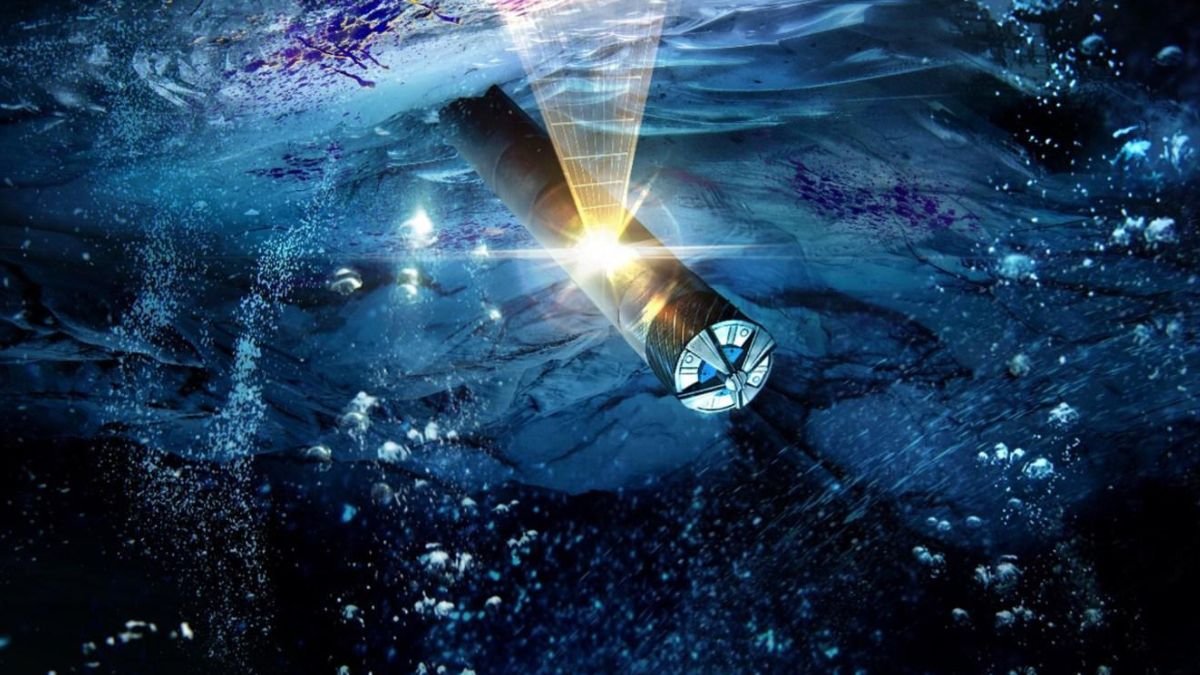NASA recently published a new concept for “searching for life on ocean worlds” on its website. This is the Criobot, a type of autonomous cylindrical probe that uses heat to melt the ice underneath. and in principle it should explore the glacial surfaces of Jupiter’s moons Europa and Saturn’s moons Enceladus.
The second concerns the prioritization of the “follow the water” principle, chosen during a workshop the space agency held last February, as a sort of mantra for the astrobiology community searching for alien life in the universe. The idea is based on the principle that water, “abundant throughout the solar system and perhaps throughout the universe,” is an essential element for the existence of life.
Why look for alien life on Europa and Enceladus?
Scientists who have spent years searching for life in the fossil record on Mars seem to have come to the following conclusion: The existence of potential alien life comes directly from its source: liquid water.
Over the past two decades, scientists have detected numerous icy moons orbiting giant exoplanets, according to NASA. Many appear to harbor global oceans beneath thick crusts of ice.
Some of the moons observed according to astrobiologists It has the potential to host more water than all the oceans in the world combined. Therefore, the question is how we can access this enormous amount of liquid hidden under kilometers of ice sheets.
Aspects of the Cryobot mission’s “flight-ready architecture”

Workshop participants identified four subsystems considered critical in the “flight-ready architecture” project to achieve the Cryobot mission: power, thermal, mobility, and communications. The first represents the heart of the cryobot and is based on a nuclear energy system that can generate enough power and intensity (about 10 kW) to melt kilometers of ice.
Second, a thermal management system requires two circuits: one pumps the internal working fluid through channels, the other circulates melted ice water with the external environment. Additionally, a mixture of “water blasting” and mechanical cutting will also be required. to remove everything from fine particles to solid blocks of salt from under the probe.
Ultimately, mission success will depend on a relay source or a durable and hardened communications link that can maintain the flow of information directly to Earth. So, although other teams are exploring wireless techniques, fiber optic cables, the industry standard for terrestrial melting probes, will need to be maintained on interplanetary ocean worlds.
Follow current developments in science and technology at TecMundo. If you want, take the opportunity to learn why we haven’t detected any alien signals.
Source: Tec Mundo
I’m Blaine Morgan, an experienced journalist and writer with over 8 years of experience in the tech industry. My expertise lies in writing about technology news and trends, covering everything from cutting-edge gadgets to emerging software developments. I’ve written for several leading publications including Gadget Onus where I am an author.












